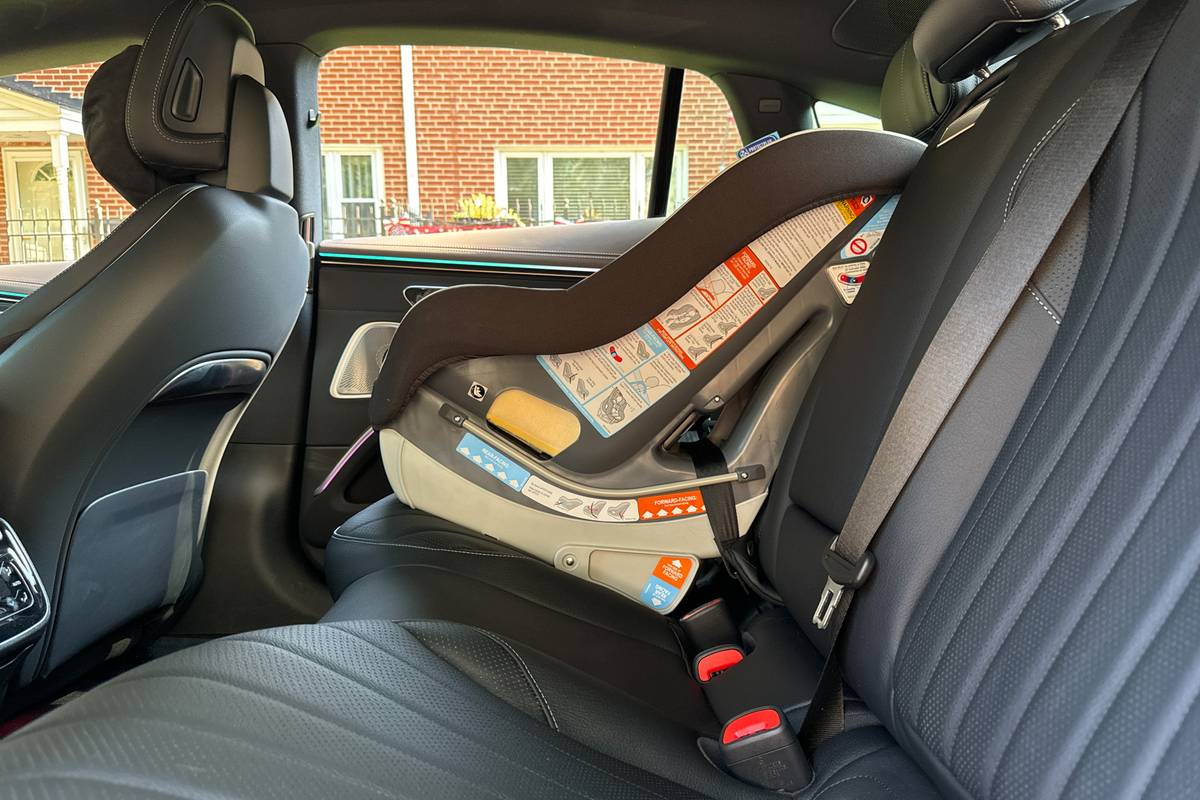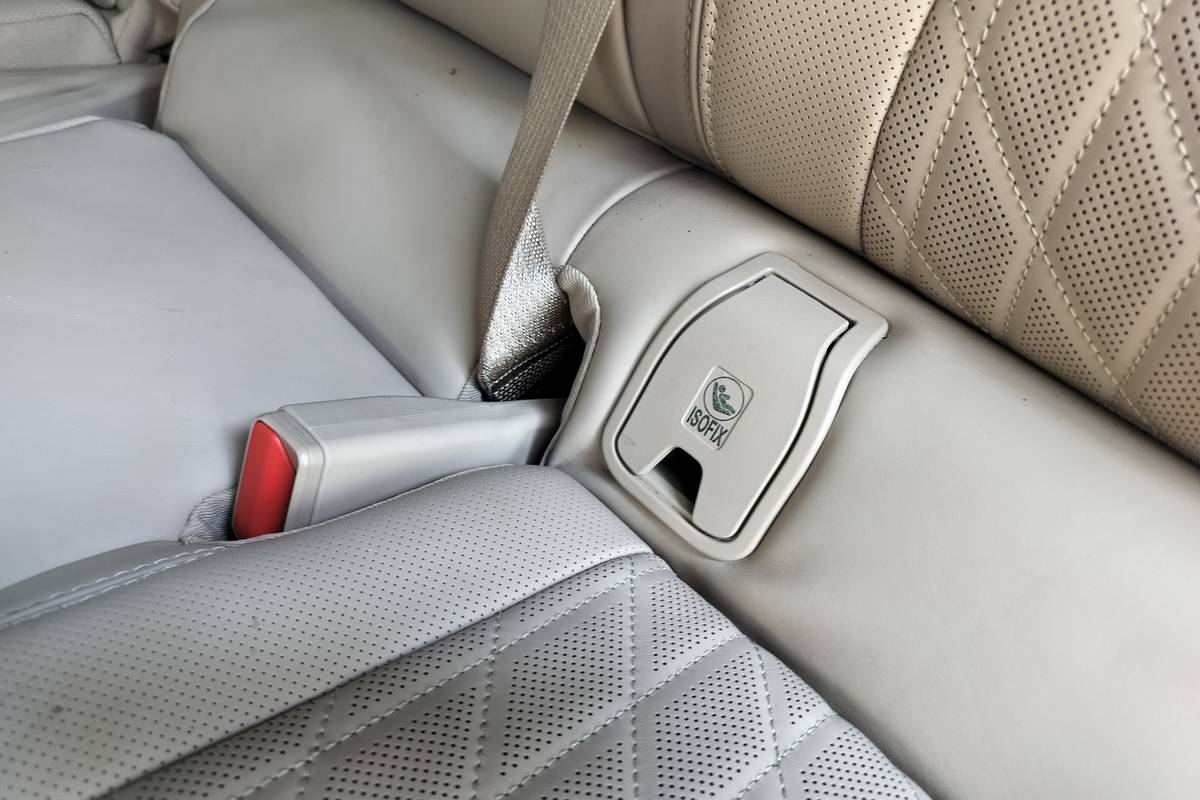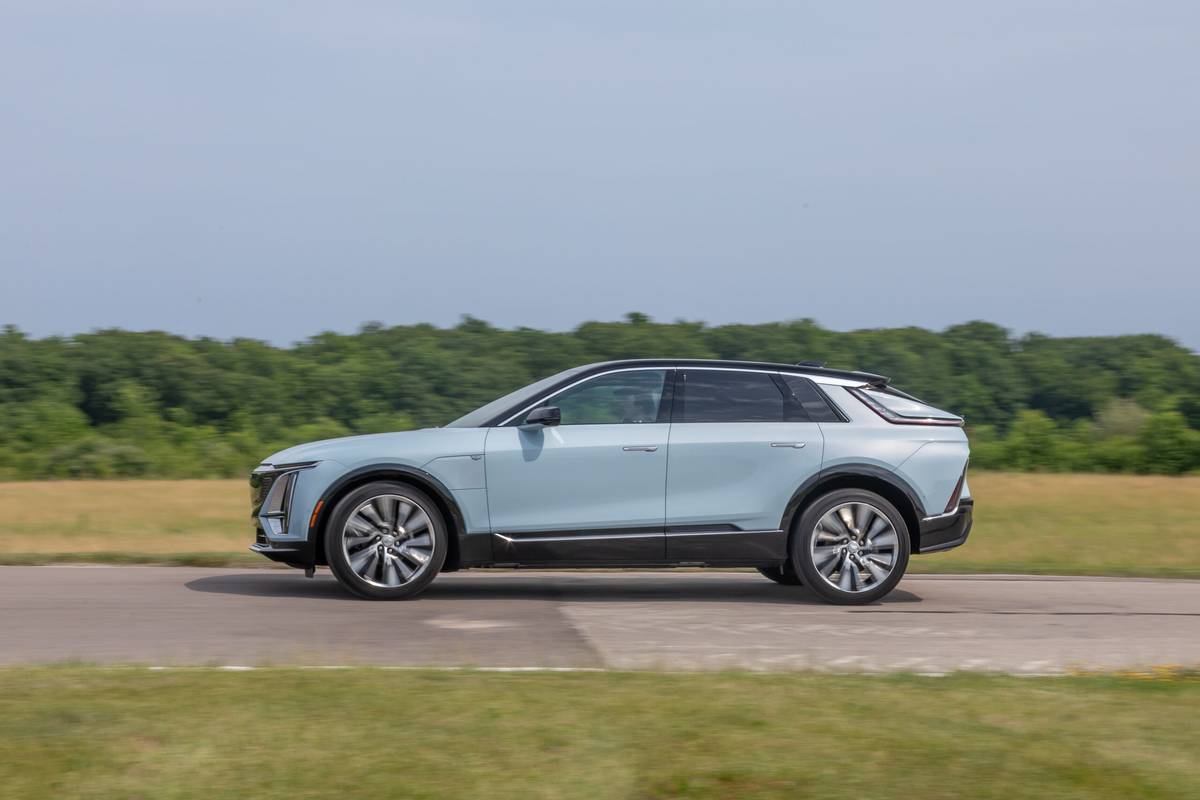Star-Telegram.com's view
This is my new favorite Jeep vehicle. Maybe even my favorite midsize SUV, period. It’s this past week’s test vehicle, the 2006 Jeep Commander Limited, with four-wheel drive, of course.
Looking like a combination of the early Wagoneer and the recent Cherokee (not Grand Cherokee) models, the Commander is an all-new vehicle for Jeep this year, and is loosely based on the chassis of the current-generation Grand Cherokee, which made its debut last year.
The Commander looks nothing like the Grand Cherokee, and shares no body parts with it. Where the Grand Cherokee has a sleeker, swept-back design, the Commander is purposely boxy to give it more interior space.
The Commander has three rows of seating — and is the first seven-passenger production version of a Jeep vehicle ever.
The Commander gives Jeep a much-needed family-size wagon to meet the competition from such models as the Ford Explorer, Toyota 4Runner, Nissan Pathfinder and Chevrolet Trailblazer XL.
But the coolest thing about it, after the extra seat, is how strongly reminiscent it’s exterior is of the legendary Wagoneer. Built from 1963-1991 — beginning way before anyone had heard the term “sport utility vehicle” — the Wagoneer was the forerunner to just about every truck-based SUV that has shown up on the market since. The Commander fully encompasses the essence of the modern SUV. It’s built on a unibody format, with chassis and body combined. That’s the format for today’s crossover SUVs, whose unibody designs were adapted from chassis-less cars.
Three engines are offered, just as with the newest Grand Cherokee.
All come with a five-speed automatic transmission, although the transmissions are different for V-6 and V-8 models. The base engine is the same 3.7-liter V-6 that Jeep introduced in the compact Liberty for 2002, and which replaced the Jeep 4.0-liter inline six in the current Grand Cherokee. It’s rated at 210 horsepower and 235 foot-pounds of torque.
The mid-level engine is a 4.7-liter V-8, which turns out 235 horsepower and 305 foot-pounds of torque.
For the best performance, there is the 5.7-liter Hemi Magnum V-8, which came in our test vehicle.
It’s rated at 330 horsepower and 375 foot-pounds of torque. To help increase fuel economy, this engine has a cylinder-deactivation system that cuts out four of the cylinders while the vehicle is cruising at highway speeds.
Three four-wheel-drive systems are offered, although all three engines also are available with two-wheel drive as well.
Standard with four-wheel-drive versions of the Commander with the 3.7-liter engine is the QuadraTrac I fulltime four-wheel-drive system, which does not include a two-speed transfer case for low-range off-road gearing.
Included on 4.7-liter four-wheel-drive models and optional on 3.7-liter models is Jeep’s Quadra-Trac II fulltime four-wheel-drive system, which does have a two-speed transfer case and gives the vehicle a good level of off-road performance.
The best system, however, is the Quadra-Drive II fulltime four-wheel drive that is standard on the Hemi-powered Commanders and optional on 4.7-liter versions. It is not offered with the V-6 engine, however.
This system has a two-speed transfer case and separately locking front and rear differentials.
Even the base four-wheel drive system will be of help much of the time.
Here in Texas, most vehicles that offer optional four-wheel drive are sold in two-wheel drive configuration most of the time because Texans seem to believe as a group that they’ll never have a need for four-wheel drive. Many Texans associate four-wheel drive with snow country, and mistakenly believe that because we usually don’t get snow, paying extra for four-wheel drive would be silly. That’s not true, however. All-wheel drive is great on wet pavement, dirt, sand, gravel, and curvy Hill Country roads.
And why own a Jeep if you can’t take it anywhere you want to, the way it was designed to go?
For families, the third seat will come in handy. When Jeep introduced the third-generation Grand Cherokee last year, there was no third row of seating. Instead of trying to jam a third seat into that vehicle, Jeep decided to create the Commander.
We found our Commander’s third seat to be fine for the kids, although adults can sit back there in a pinch. They probably wouldn’t find it comfortable on a long trip, however. While shopping, though, we found one of the Commander’s drawbacks: Cargo space is almost non-existent with the third seat in place.
But since we didn’t have the whole family with us while shopping one Saturday, we just folded the third seat out of the way and were able to load plenty of cargo in its place. With the third seat in place, the Commander has just 7.5 cubic feet of cargo space; with the seat folded, that expands to 36.4 cubic feet.
On a long trip with a big family, though, you would have to put most of the luggage and/or camping gear in a car-op carrier. Roof rails are standard, so you can lash the suitcases to the top if necessary.
One other minor complaint: While the driving position of the Commander offers a great view to the front and both sides, the view to the rear is severely limited by the third seat. With it in place, the driver can see only the top half of the rear window. I would suggest leaving the third seat folded except when it is needed.
The body and interior of the Commander are completely different from the Grand Cherokee. The Commander is two inches longer, but has the same wheelbase — 109.5 inches.
Rather than using the raked windshield and rear end of the Grand, the Commander has a steep windshield and rear glass.
This gives the Commander its distinctive appearance — not at all like the Grand Cherokee — as well as giving it more interior space. A higher roofline also helps, giving the vehicle enough height to create theater-style seating.
The Commander has the signature seven-slot Jeep grille, but nearly vertical — more like the Cherokee and Wagoneer. The hood and fenders actually look more like those of the Wrangler.
Inside, the Commander is well-equipped and quite comfortable, at least in the first two rows.
The second row of seats has a 40/20/40 split design and the third row splits 50/50 to allow for various configurations of seating and cargo space. An L-shaped storage bin is provided behind the third row. “Command View” skylights offer middle- and third-row passengers their own view of the sky.
These skylights, which do not open but do have roller shades, are packaged with a regular sunroof for front-seat passengers. Leather seats are optional.
Safety features include multistage air bags, available side-curtain air bags, seat belts equipped with pretensioners and load-limiting retractors, and BeltAlert, a buckle-up reminder system for the driver, Jeep says. Crash-avoidance features include standard electronic stability control, antilock brakes, and traction control.
Other safety gear includes a tire pressure monitoring system, rear parking-assist system, optional hands-free communications ($150), optional GPS navigation system, SmartBeam headlights and rain-sensitive front wipers.
Base prices begin at $27,985, including $695 freight, for a two-wheel-drive V-6 model. The V-6 with the simplest four-wheel-drive system begins at $29,985.
Limited models with the 4.7-liter V-8 and two-wheel drive begin at $36,280, and with four-wheel drive, $38,800 (including freight), which was the base sticker on our tester. Standard equipment on the Limited models includes power pedal adjustment, automatic dual-zone climate control, rear air conditioning, power front seats with memory, and much more.
The Hemi engine on our car cost an extra $1,495, but the package also included the Quadra Drive II system with front and rear limited-slip differentials.
Other extras on our vehicle included a rear entertainment system ($1,200); the GPS navigation system ($1,200); and 17-inch chromed wheels ($820). Total sticker was $44,040, including freight.
For the Hemi model, EPA ratings are 15 miles per gallon in the city and 19 mpg on the highway. But that goes as high as 17 city/21 highway with the V-6.
G. Chambers Williams III is staff automotive columnist for the San Antonio Express-News and former transportation writer for the Star-Telegram. His automotive columns have appeared regularly in the Star-Telegram since 1995. Contact him at (210) 250-3236; chambers@star-telegram.com.
– – –
2006 Jeep Commander Limited
The package: Full-size, four-door, rear- or four-wheel-drive, seven-passenger, six-cylinder or V-8 powered sport utility.
Highlights: A brand new model for 2006, this is the first Jeep vehicle built for seven passengers. With styling reminiscent of the old Jeep Wagoneers, the Commander combines Jeep’s heritage with a modern SUV package suitable for large families. Four-wheel-drive versions are very off-road capable.
Negatives: Third seat is best left to the kids; cargo space severely limited with third seat in place.
Engine: 3.7-liter V-6, 4.7-liter V-8, 5.7-liter Hemi V-8.
Transmission: 5-speed automatic
Power/torque: 210 hp/235 foot-pounds; 230 hp/290 foot-pounds (4.7-liter), 330 hp./370 foot-pounds (Hemi).
Length: 188.6 inches
Curb weight: 4,581-5,169 pounds
Cargo volume: 7.5 cubic feet (behind 3rd seat); 36.4 cubic feet (third seat folded). Trailer-towing capacity: 3,500-7,200 pounds, depending on engine and drive system. Brakes, front/rear: Disc/disc, antilock.
Fuel capacity/type: 20.5 gallons/unleaded regular acceptable
EPA fuel economy: 14 miles per gallon city/19 highway (4.7 V-8); 15 city/19 highway (5.7 V-8); 17 city/21 highway (V-6).
Major competitors: Ford Explorer, Chevrolet TrailBlazer/GMC Envoy, Toyota 4Runner, Nissan Pathfinder, Dodge Durango.
Base price range: $27,985-$40,395 (including freight)
Price as tested: $44,040, including freight (Limited four-wheel drive with Hemi engine and options).
On the Road rating: ***** (five stars out of five)
Prices shown are manufacturer’s suggested retail; actual selling price may vary according to manufacturer and/or dealer rebates, discounts and incentives.
Latest news



